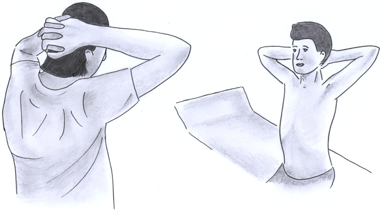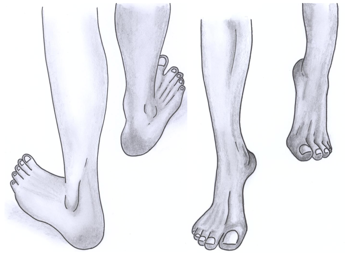Practical tips and pGALS
When to perform pGALS:
- Unwell child with pyrexia.
- Child with limp.
- Delay or regression of motor milestones.
- The ‘clumsy’ child in the absence of overt neurological disease.
- Child with chronic disease and known association with musculoskeletal presentations (such as with inflammatory bowel disease).
Practical tips in performing pGALS:
- Use a 'copy me' approach.
- Look for verbal and non-verbal clues of discomfort (e.g., facial expression, withdrawal).
- Do the full assessment as the extent of joint involvement may not be obvious from the history.
- Look for asymmetry (e.g., muscle bulk, joint swelling, range of joint movement).
- Remember to interpret the findings in the context of the general examination and the clinical presentation.
- Remember that pGALS includes manoeuvres that may assess several joints at once as well as balance and coordination.
- Consider clinical patterns for example:
- hypermobility with a Marfanoid habitus or abnormal skin elasticity.
- association of leg length discrepancy and scoliosis.
- widespread joint contractures and trigger fingers.
The image below shows pGALS being performed using a 'copy me' approach

The image below shows the movements of tip toe and heel walking - examples of pGALS manoeuvres which assess several joints as well as balance and coordination.


